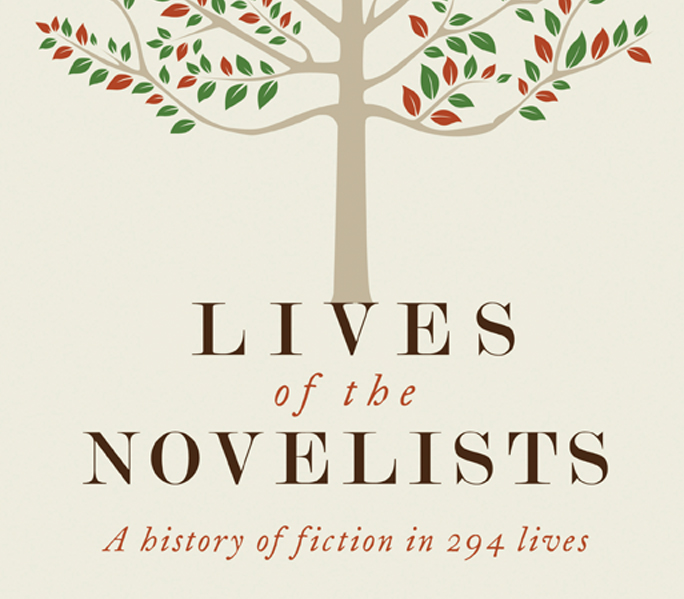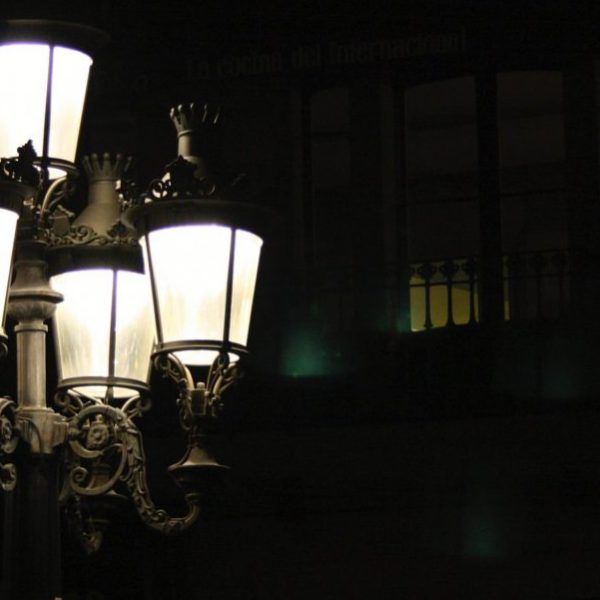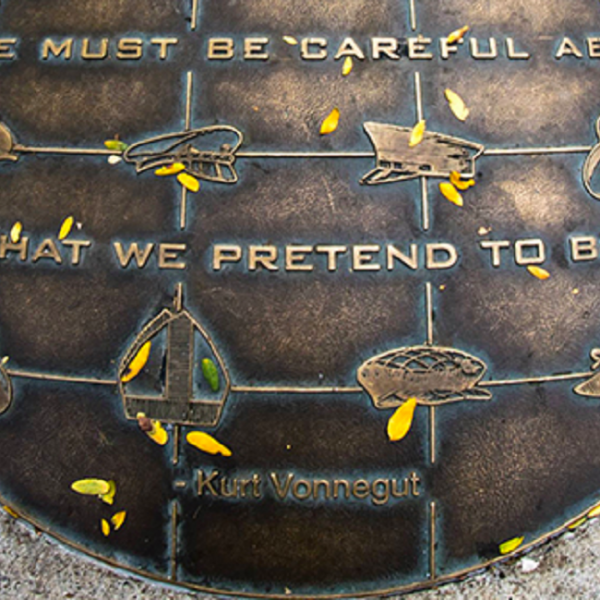John Sutherland on Charles Dickens
Michael Slater, author of The Great Charles Dickens Scandal is not the only one preoccupied with the secret affairs of Charles Dickens. In his sweeping guide Lives of the Novelists: A History of Fiction in 294 Lives, John Sutherland introduces and explores 294 of literature’s greatest artists, providing biographical details and brief literary analyses. In describing Dickens, Sutherland is stuck on the role of Ellen Ternan, the young actress that stole his heart and changed his writing.
John Sutherland—
There have been some eighty ‘lives’ of Dickens. Yet posterity knows little more of that life, or at least, its inner compartments, than his intimate friend John Forster grudgingly divulged in the biography published while Dickens’s body was practically still warm…
In one major respect, Forster does not supply the information for which one must turn to later biographers – namely Dickens’s ‘Invisible Woman’. The shillinglife facts about Ellen Ternan are well known – but little else is. She was born twentyeight years later than Dickens, into an acting family. An ‘infant phenomenon’, she was appearing on the stage almost as soon as she could walk, aged three. Ellen’s subsequent career was anything but phenomenal. Fifteen years later, she was a for-hire actress, available to add some professional class to the amateur theatricals which were all the rage at the time. In the late 1850s, Dickens had embarked on a series of such performances to raise money for authors unluckier than himself.
The eighteen-year-old Nelly was contracted to appear in The Frozen Deep, a melodrama written by Dickens himself and Wilkie Collins, and the forty-five-year-old novelist fell in love with her. He promptly removed his wife, Kate, the mother of his many children, with the (wholly Dickensian) explanation that she was ‘dull’. After 1859 Charles was a bachelor again. As for his love life – not dull, we may deduce. But we can deduce little more. It is a matter of record that Dickens gave substantial sums of money to the Ternan family and left ‘Nelly’ £1,000 in his will. She gave up the stage in 1860, shortly after the couple’s first encounter and must have been supported by someone. She may have lived in France, in a ‘mistress’s villa’ he paid for. In June 1865, in the terrible Staplehurst train crash, Dickens, Nelly and her mother were travelling together on the ‘boat train’ from Calais. Dickens went to furious lengths to keep the identity of his companions out of the press reports of the accident and himself out of the coroner’s court looking into the disaster.
Was Mrs Ternan a chaperone, protecting her daughter’s virtue? Or a genteel bawd, profiting from her daughter’s being the kept woman of the most famous man in England? A child, still-born in France, has been fantasised about. At a later period Nelly was placed, under a false name, in houses at Slough and at Nunhead, where one of the few surviving Dickens diaries logs visits to her. Nelly took the secrets of her relationship with Dickens to the grave. She shares that grave with the clergyman she later married; most of her later life was given over to ostentatiously good works. In short, the Dickens relationship with Nelly is a black hole. It sucks in speculation, and returns not the slightest glimmer of light.





